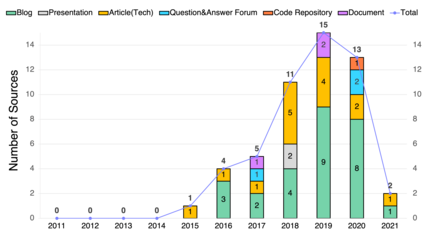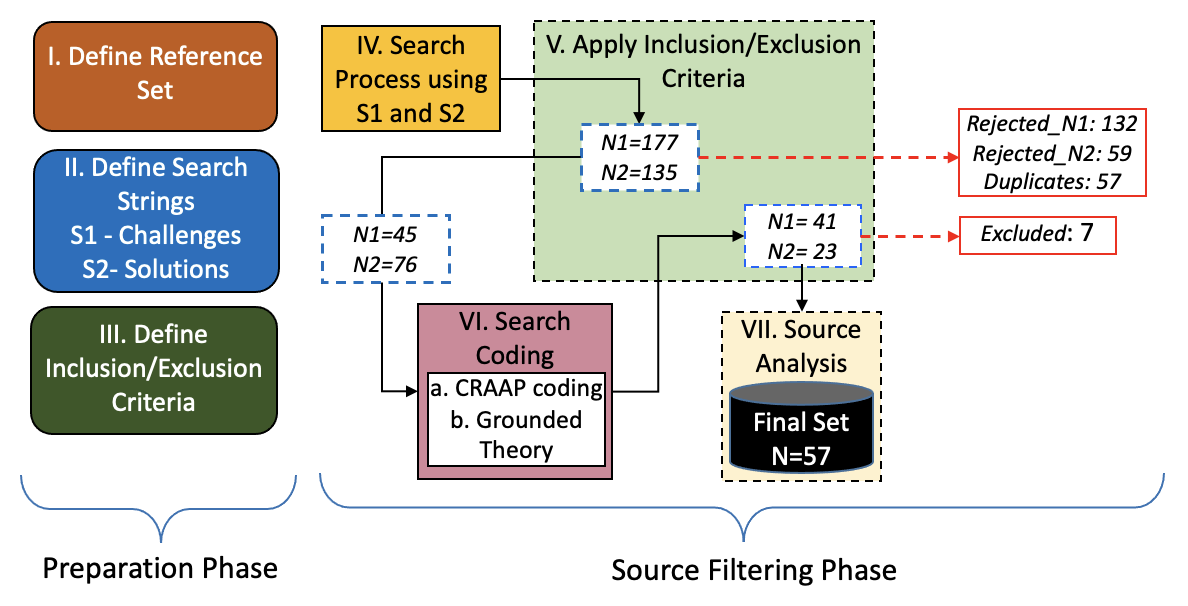Cloud-based application deployment is becoming increasingly popular among businesses, thanks to the emergence of microservices. However, securing such architectures is a challenging task since traditional security concepts cannot be directly applied to microservice architectures due to their distributed nature. The situation is exacerbated by the scattered nature of guidelines and best practices advocated by practitioners and organizations in this field. This research paper we aim to shay light over the current microservice security discussions hidden within Grey Literature (GL) sources. Particularly, we identify the challenges that arise when securing microservice architectures, as well as solutions recommended by practitioners to address these issues. For this, we conducted a systematic GL study on the challenges and best practices of microservice security present in the Internet with the goal of capturing relevant discussions in blogs, white papers, and standards. We collected 312 GL sources from which 57 were rigorously classified and analyzed. This analysis on the one hand validated past academic literature studies in the area of microservice security, but it also identified improvements to existing methodologies pointing towards future research directions.
翻译:由于出现了微型服务,云型应用部署在企业中越来越受欢迎,然而,由于传统的安全概念的分布性质,不能直接适用于微型服务结构,因此确保这些结构是一项具有挑战性的任务,因为传统的安全概念不能直接适用于微型服务结构;由于该领域从业人员和组织倡导的准则和最佳做法分散,这种情况更加严重;本研究文件旨在淡化灰色文学(GL)来源中隐藏的当前微观服务安全讨论。特别是,我们查明了在确保微观服务结构方面出现的挑战,以及从业人员建议解决这些问题的解决方案。为此,我们对互联网上的微观服务安全的挑战和最佳做法进行了系统的GL研究,目的是在博客、白皮书和标准中记录相关讨论的情况。我们收集了312个GL来源,其中57个来源经过严格分类和分析。这一分析证实了以往在微观服务安全领域的学术文献研究,但也查明了现有方法的改进,指明了未来的研究方向。








